Blue-green algae outbreaks
What is Blue-Green Algae?
Cyanobacteria (blue-green algae) are a common seasonal occurrence in the Wimmera and a natural component of most aquatic systems, including streams, lakes, estuaries, and the sea. Individual cells are very small and are normally not visible in a water body, but numbers can increase rapidly and blooms – or scums – become easily visible across the water surface. Nutrient levels, low inflows, low storage volumes and warmer weather conditions can trigger blooms. They can be unsightly, ranging in colour from dark-green to yellowish-brown. They develop a paint-like consistency as they dry out and often have a pungent smell.
Large numbers of algae, in water bodies, can produce toxins that can affect the health of humans, animals, birds, and livestock as well as harm the environment.
GWMWater is the regional coordinator for blue-green algal bloom management in the Wimmera. In some cases, a local water manager (such as a council) has been appointed by GWMWater to manage algal blooms in waterways that are not water storages such as weir pools. An algal outbreak is managed based on the use of the water body and the density and nature of the bloom.
To find out more see DELWP.
For further information see the CSIRO Blue-Green Algae research.




